Harper Lee
Harper Leeon Aug 22, 2019
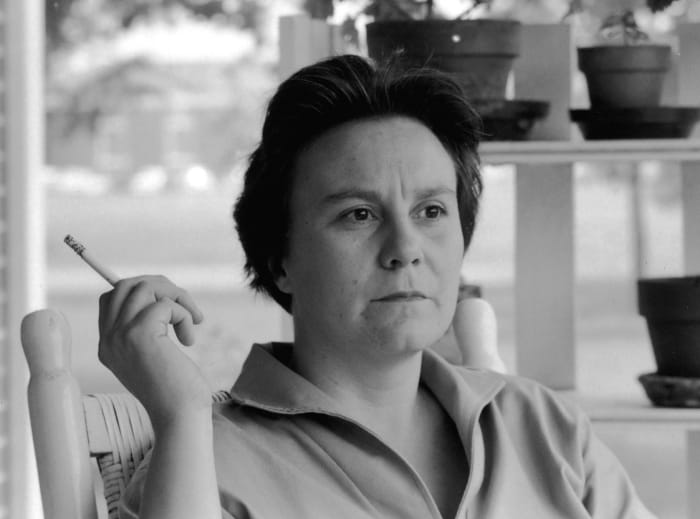
Harper Lee is best known for writing the Pulitzer Prize-winning bestseller 'To Kill a Mockingbird' (1960) and 'Go Set a Watchman' (2015), which portrays the later years of the Finch family.
Who Was Harper Lee?
Writer Harper Lee was born in 1926 in Alabama. In 1959, she finished the manuscript for her Pulitzer Prize-winning bestseller To Kill a Mockingbird. Soon after, she helped fellow writer and friend Truman Capote compose an article for The New Yorker which would evolve into his nonfiction masterpiece, In Cold Blood. In July 2015, Lee published her second novel, Go Set a Watchman, which was written before To Kill a Mockingbird and portrays the later lives of the characters from her Pulitzer Prize-winning novel.Family and Childhood
Lee was born on April 28, 1926, in Monroeville, Alabama. The youngest of four children, she grew up as a tomboy in a small town. Her father was a lawyer, a member of the Alabama state legislature and also owned part of the local newspaper. For most of Lee's life, her mother suffered from mental illness, rarely leaving the house. It is believed that she may have had bipolar disorder.Education
In high school, Lee developed an interest in English literature. After graduating in 1944, she attended the all-female Huntingdon College in Montgomery. Lee stood apart from the other students—she couldn't have cared less about fashion, makeup or dating. Instead, she focused on her studies and writing. Lee was a member of the literary honor society and the glee club. Transferring to the University of Alabama at Tuscaloosa, Lee was known for being a loner and an individualist. She did make a greater attempt at a social life there, joining a sorority for a while. Pursuing her interest in writing, Lee contributed to the school's newspaper and its humor magazine, the Rammer Jammer, eventually becoming the publication's editor. In her junior year, Lee was accepted into the university's law school, which allowed students to work on law degrees while still undergraduates. The demands of her law studies forced her to leave her post as Rammer Jammer editor. After her first year in the program, Lee began expressing to her family that writing—not the law—was her true calling. She went to the University of Oxford in England that summer as an exchange student. Returning to her law studies that fall, Lee dropped out after the first semester. She soon moved north to follow her dreams to become a writer.
Harper Lee and Truman Capote
One of Lee’s closest childhood friends was another writer-to-be, Truman Capote (then known as Truman Persons). Tougher than many of the boys, Lee often stepped up to serve as Truman's childhood protector. Truman, who shared few interests with boys his age, was picked on for being sensitive and for the fancy clothes he wore. While the two friends were very different, they both had difficult home lives. Truman was living with his mother's relatives in town after largely being abandoned by his own parents. While in New York City in the 1950s, Lee was reunited with her old friend Capote, who was by then one of the literary rising stars of the time. In 1956, Lee joined forces with Capote to assist him with an article he was writing for The New Yorker. Capote was writing about the impact of the murder of four members of the Clutter family on their small Kansas farming community. The two traveled to Kansas to interview townspeople, friends and family of the deceased and the investigators working to solve the crime. Serving as his research assistant, Lee helped with the interviews, eventually winning over some of the locals with her easygoing, unpretentious manner. Truman, with his flamboyant personality and style, had a hard time initially getting himself into his subjects' good graces. During their time in Kansas, the Clutters' suspected killers, Richard Hickock and Perry Smith, were caught in Las Vegas and brought back for questioning. Lee and Capote got a chance to interview the suspects not long after their arraignment in January 1960. Soon after, Lee and Capote returned to New York. She worked on the galleys for her forthcoming first novel while he started working on his article, which would evolve into the nonfiction masterpiece In Cold Blood. Lee worked with Capote on and off on In Cold Blood. She had been invited by Smith and Hickock to witness their execution in 1965, but she declined. When Capote's book was finally published in 1966, a rift developed between the two collaborators for a time. Capote dedicated the book to Lee and his longtime lover, Jack Dunphy, but failed to acknowledge her contributions to the work. While Lee was very angry and hurt by this betrayal, she remained friends with Capote for the rest of his life. Harper Lee’s Books Lee published two books in her lifetime: To Kill a Mockingbird (1960) and Go Set a Watchman (2015). She also worked on and off with her friend Capote on his famed book, In Cold Blood (1966).To Kill a Mockingbird
In July 1960, To Kill a Mockingbird was published and picked up by the Book-of-the-Month Club and the Literary Guild. A condensed version of the story appeared in Reader's Digest magazine. The following year, the novel won the prestigious Pulitzer Prize and several other literary awards. A classic of American literature, To Kill a Mockingbird has been translated into more than 40 languages with more than a million copies sold each year. The work's central character, a young girl nicknamed Scout, was not unlike Lee in her youth. In one of the book's major plotlines, Scout and her brother Jem and their friend Dill explore their fascination with a mysterious and somewhat infamous neighborhood character named Boo Radley. The work was more than a coming-of-age story: another part of the novel reflected racial prejudices in the South. Their attorney father, Atticus Finch, tries to help a black man who has been charged with raping a white woman to get a fair trial and to prevent him from being lynched by angry whites in a small town.

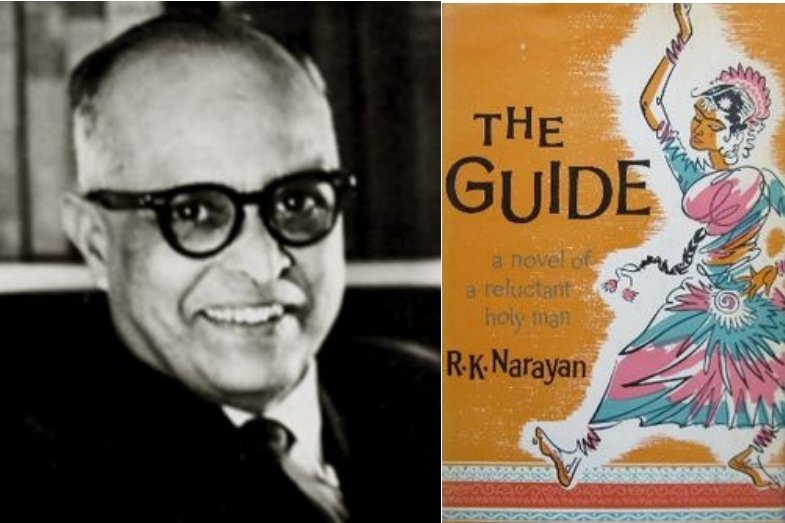

.jpg)


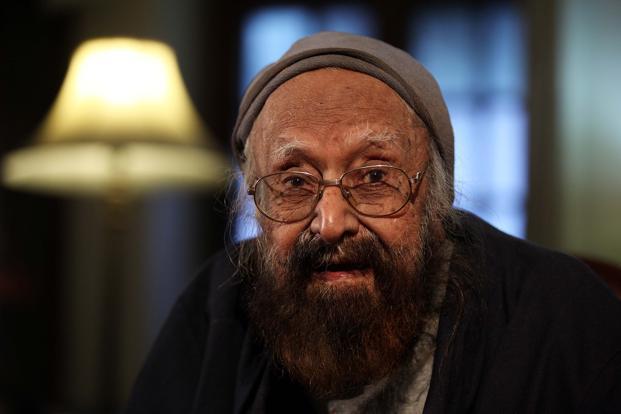



.jpg)

.jpg)
.jpg)
.jpg)
.jpg)
.jpg)


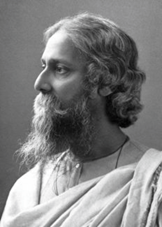
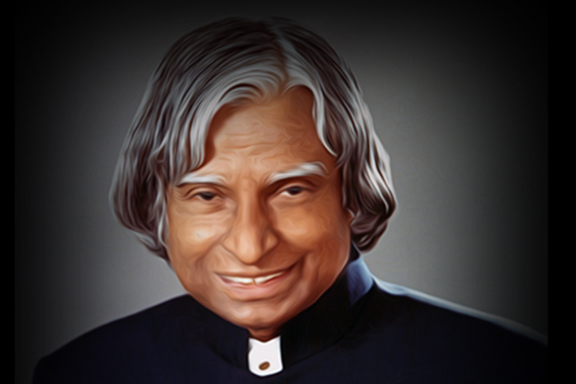

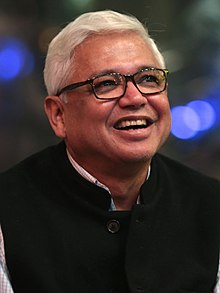
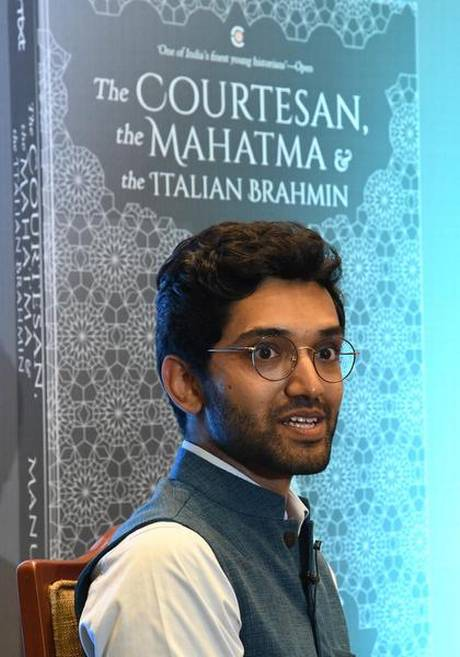

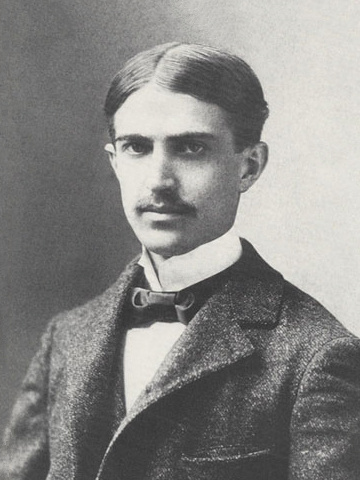
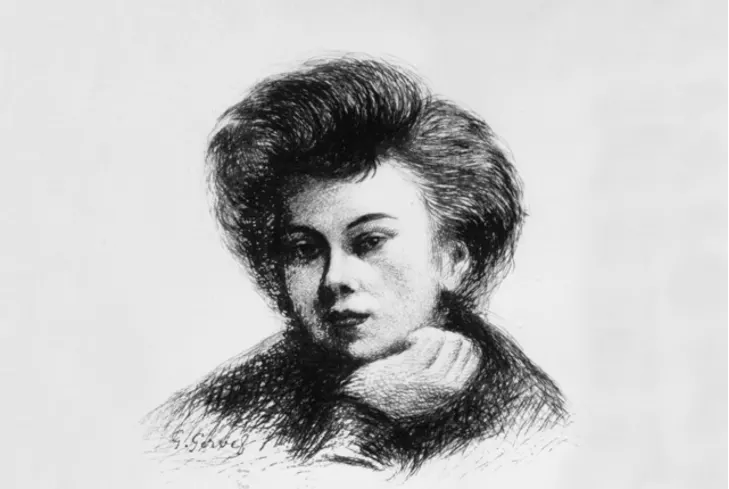
Sorry! No comment found for this post.